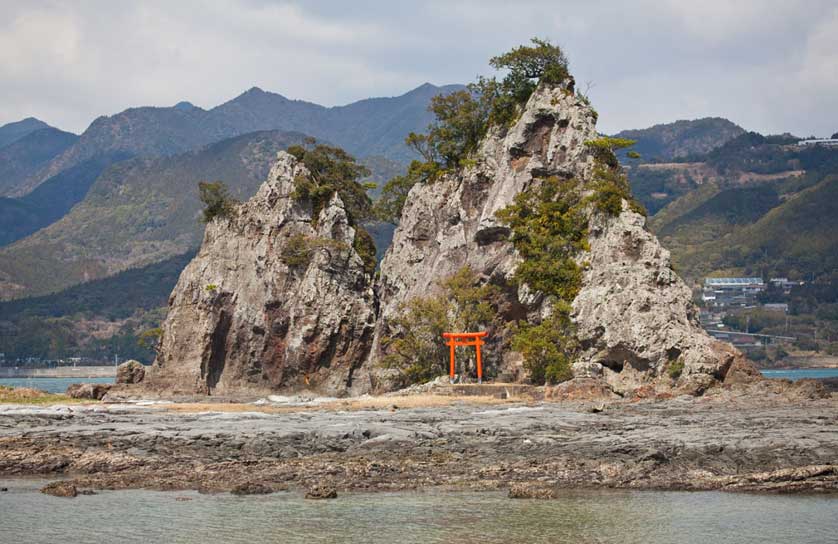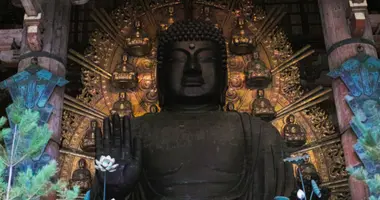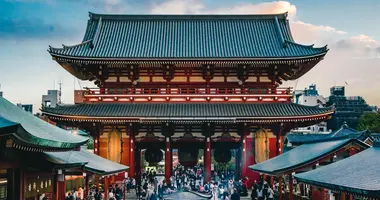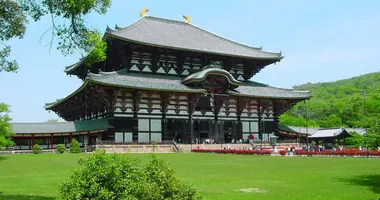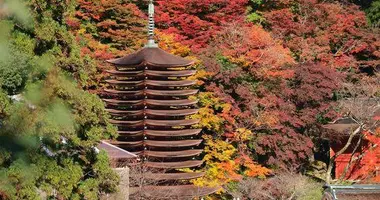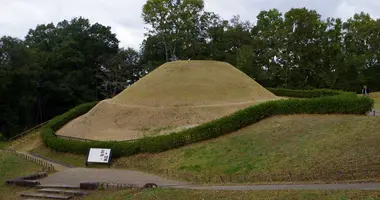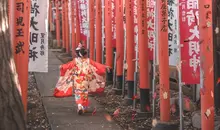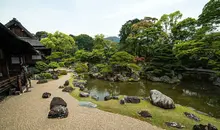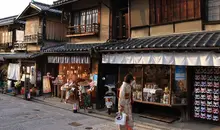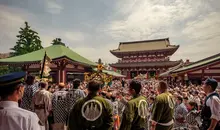Mount Omine: A sacred mountain of spiritual significance and natural beauty
- Published on : 24/04/2024
- by : Japan Experience
- Youtube
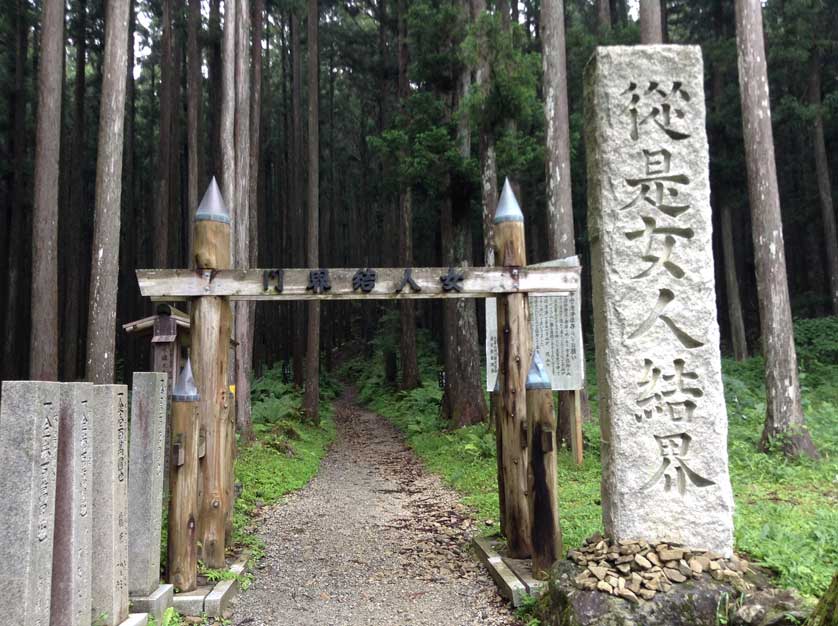
Entrance to the Mt. Omine Trail
Nestled in the heart of Nara Prefecture, Mount Omine stands as a testament to Japan's rich spiritual heritage. This revered peak, officially known as Mount Sanjō, is a cornerstone of Japanese Buddhism and Shugendo practices. Rising to an elevation of 1,719 meters, Mount Omine offers not only breathtaking views but also a profound spiritual journey for those who venture upon its slopes. As part of the World Heritage Site "Sacred Sites and Pilgrimage Routes in the Kii Mountain Range," Mount Omine has captivated pilgrims and nature enthusiasts alike for over a millennium. Its rugged terrain, ancient forests, and sacred sites create a unique blend of natural wonder and spiritual significance that continues to inspire and challenge visitors from around the world.
Introduction to Mount Omine
Mount Omine, located in the Yoshino-Kumano National Park of the Kansai region, is more than just a geographical feature. It is a sacred mountain that has been central to Shugendo practices for over 1,300 years. The mountain's prominence in the Omine mountain range has led to its popular name, though it is officially known as Mount Sanjō. At its summit stands the Ominesanji Temple, the headquarters of the Shugendo sect of Japanese Buddhism.
The entire mountain serves as a pilgrimage and training ground for the Yamabushi, ascetic hermits who follow the Shugendo faith. These practitioners, whose name translates to "one who prostrates oneself on the mountain," engage in rigorous spiritual practices amidst the mountain's challenging terrain. Mount Omine's diverse ecosystem, ranging from cedar plantations to old-growth forests, provides a natural backdrop for spiritual enlightenment and physical endurance.
Historical and religious significance
The history of Mount Omine is deeply intertwined with the origins of Shugendo. Founded in the 8th century by En no Gyōja, Shugendo is a unique Japanese religion that blends elements of esoteric Buddhism, Shinto, and ancient mountain worship. En no Gyōja is said to have established the monastery at Mount Omine as the home for his new religion, which literally means "the path of training and testing."
Over the centuries, Mount Omine has been a crucible for spiritual development and ascetic practices. The mountain's challenging terrain and remote location made it an ideal setting for practitioners to test their faith and endurance. During the Heian period (794-1185), the Shugendo pilgrimage trail from Yoshino to Kumano became increasingly popular, with Mount Omine serving as a critical point along this sacred route.
The mountain's religious significance extends beyond Shugendo. It is also revered in other Buddhist sects and plays a role in Shinto beliefs. The syncretic nature of worship on Mount Omine reflects the complex religious landscape of Japan, where different faiths often coexist and blend in unique ways.
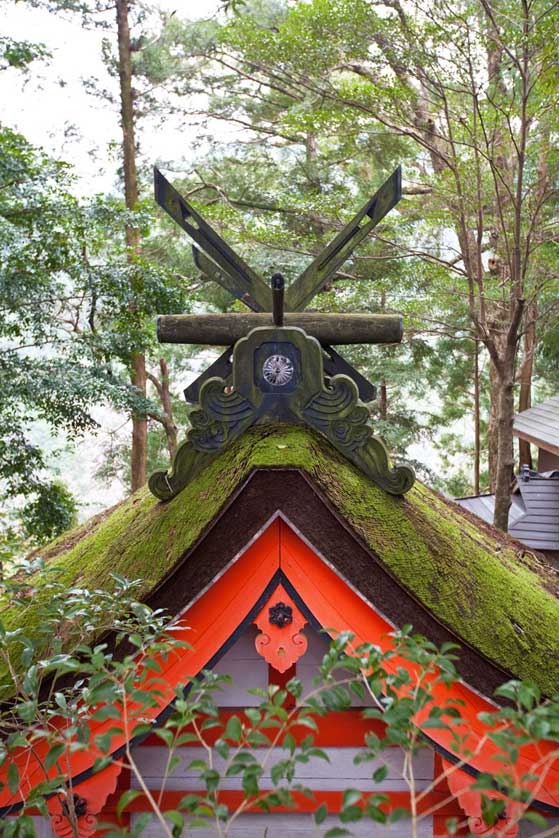
A moss-covered forest shrine in Kumano Kodo
UNESCO World Heritage status and environmental protection
In 2004, Mount Omine, as part of the "Sacred Sites and Pilgrimage Routes in the Kii Mountain Range," was designated as a UNESCO World Heritage Site. This recognition highlights the mountain's exceptional cultural and natural value. The UNESCO designation encompasses not only Mount Omine but also the surrounding pilgrimage routes and forests, acknowledging the area's role in the fusion of Shintoism and Buddhism.
The World Heritage status has brought increased attention to Mount Omine, leading to heightened efforts for environmental protection. The mountain's ecosystem, which includes rare plant species like the magnolia sieboldii, is now subject to careful preservation measures. The designation has also led to improved management of visitor access, balancing the need for conservation with the mountain's role as a pilgrimage site.
As part of the Yoshino-Kumano National Park, Mount Omine benefits from additional layers of environmental protection. The park's regulations help safeguard the mountain's natural beauty and biodiversity, ensuring that future generations can continue to experience its spiritual and ecological significance.
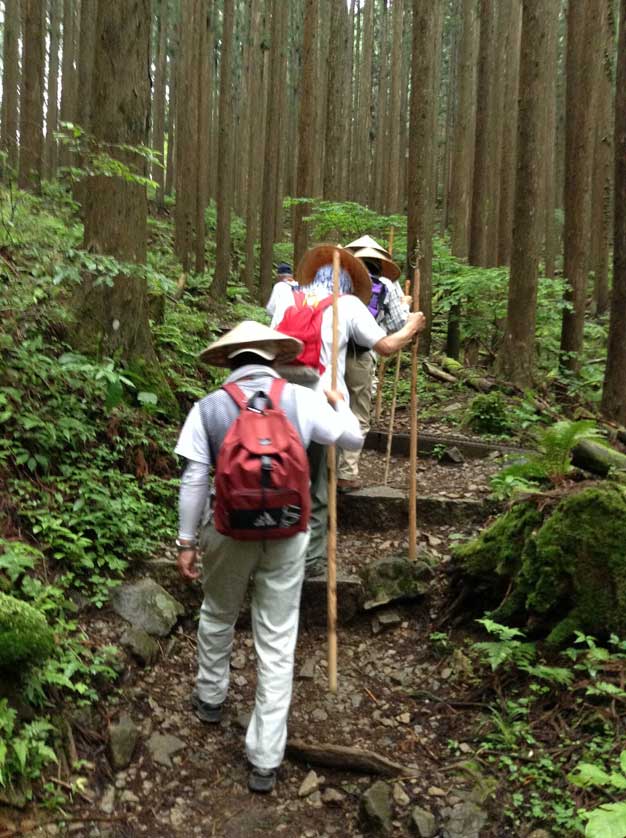
Pilgrims hiking Mt. Omine in July
The controversial ban on women
One of the most contentious aspects of Mount Omine is its long-standing ban on women ascending the mountain. This tradition, which has been in place for approximately 1,300 years, has sparked debate and controversy, especially in modern times. The ban is rooted in ancient Buddhist beliefs about purity and the perceived spiritual inferiority of women.
At the base of the mountain, a prominent sign reads "No Women Admitted," and a stone pillar marks the boundary beyond which women are not permitted. This practice has been challenged numerous times but remains in place, supported by those who see it as an integral part of the mountain's spiritual tradition.
Defenders of the ban argue that it is not about discrimination but rather about preserving a centuries-old religious practice. They point out that there are other mountains in Japan, such as Mount Inamura, where men are not allowed to enter. Critics, however, view the ban as a violation of human rights and an outdated practice that has no place in modern society.
The controversy intensified when Mount Omine received its UNESCO World Heritage status, with some seeing this as an implicit endorsement of the gender ban. However, UNESCO has stated that universal access is not a requirement for World Heritage status, pointing to other sites like Mount Athos in Greece, which maintains a similar prohibition on women visitors.
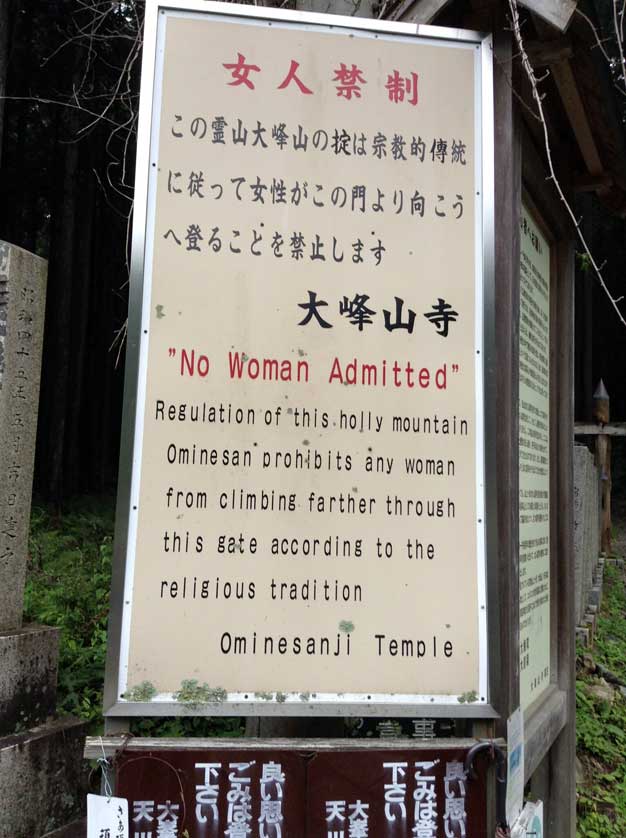
"No Women Allowed" sign, Ominesanji Temple, Mt. Omine
Three tests of courage: Shugendo practices on Mount Omine
Mount Omine is renowned for its three "tests of courage," which are integral to Shugendo practices on the mountain. These challenging feats are believed to strengthen the spiritual power of those who undertake them. While not mandatory for all visitors, these tests are a significant part of the Mount Omine experience for many pilgrims and practitioners.
The first test is the Kanekake Iwa, or Hanging Stone. This involves climbing a 30-foot cliff face, with the final section requiring climbers to swing out over an overhang using an embedded chain. The physical and mental challenge of this test is seen as a way to overcome fear and demonstrate commitment to spiritual growth.
The second test, known as Nishi no Nozoki or the Insight from the West, is perhaps the most famous and intimidating. Participants are held head-first over a 60-meter high cliff, where they are compelled to admit their faults and promise to follow social and religious laws. This practice is believed to induce a profound spiritual experience through confronting one's mortality.
The third and final test, Byodo Iwa or the Rock of Equality, is only available by special request. It involves traversing a rock tower that overlooks a deep cliff, using projections from the wall to cross from one side to the other. This test symbolizes the balance and equality of all beings, as everyone faces the same daunting task regardless of status or background.
These tests of courage are not just physical challenges but are deeply imbued with spiritual significance. They are seen as ways to purify the soul, overcome ego, and gain deeper insights into oneself and the nature of reality.
Climbing Mount Omine: Routes, access, and practical information
For those looking to experience Mount Omine, there are several routes and options available, depending on one's goals and level of experience. The most popular route begins in the town of Dorogawa Onsen, which serves as a base for many climbers and pilgrims.
From Dorogawa Onsen, a 6-kilometer trail leads to the summit of Mount Omine and Ominesanji Temple. This route typically takes about 3 hours to ascend and passes through beautiful forests and past several tea houses where climbers can rest. The trail is well-maintained but can be challenging in parts, particularly near the summit where chains are provided for assistance.
To reach Dorogawa Onsen, visitors can take a train to Shimoichiguchi Station and then a bus to the town. From Osaka, the journey takes about 2 hours, while from Kyoto, it's closer to 3 hours. It's important to note that public transportation is limited, so careful planning is essential.
The climbing season for Mount Omine runs from May 1 to September 30. Outside of these dates, the mountain can be dangerous due to snow and ice. Climbers should be prepared with appropriate footwear, warm clothing (even in summer), and enough food and water for the journey.
For those seeking a more immersive experience, it's possible to stay overnight in Dorogawa Onsen. The town offers several traditional inns or ryokans, some of which cater specifically to pilgrims and climbers.
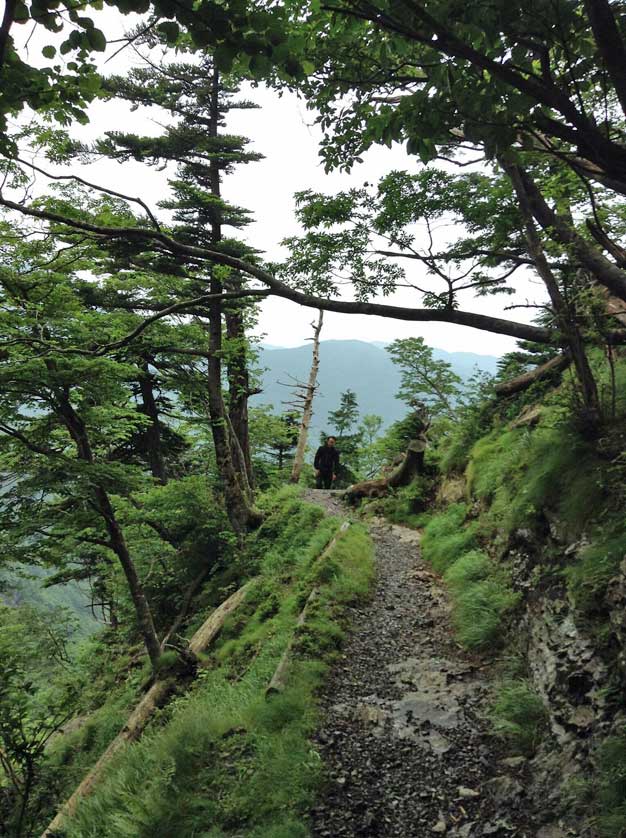
Mt. Omine Trail
Surrounding attractions and nearby points of interest
While Mount Omine is the main attraction, the surrounding area offers several other points of interest for visitors. The town of Dorogawa Onsen itself is worth exploring, with its traditional architecture and natural hot springs. The nearby Ryusenji Temple, at the foot of Mount Omine, is known for its refreshing spring water and is a popular spot for viewing autumn foliage.
For those interested in extending their pilgrimage, the Omine-Okugake Trail offers a more extensive hiking experience. This 170-kilometer route connects Mount Omine with other sacred sites in the region, including Koyasan and the sacred sites in the Kii Mountains. The full trail takes about five days to complete and passes through some of Japan's most beautiful and spiritually significant landscapes.
To the north of Mount Omine lies Asukamura, an area rich in historical significance. This region is often referred to as the cradle of Japanese civilization and is home to numerous archaeological sites, including ancient tombs and the remains of early imperial palaces.
For those interested in Japanese Buddhism, a visit to Nara, the ancient capital of Japan, is highly recommended. The city is home to several important temples and offers a deeper look into the historical context of Mount Omine's religious significance.
Whether you're drawn by spiritual curiosity, a love of nature, or an interest in Japanese culture and history, Mount Omine and its surrounding area offer a rich and rewarding experience. As you explore this sacred mountain and its environs, you'll gain a deeper appreciation for the intricate tapestry of Japan's religious and natural heritage.
